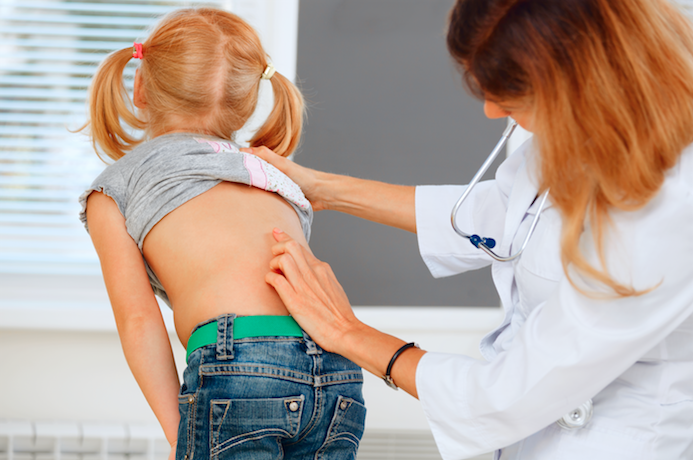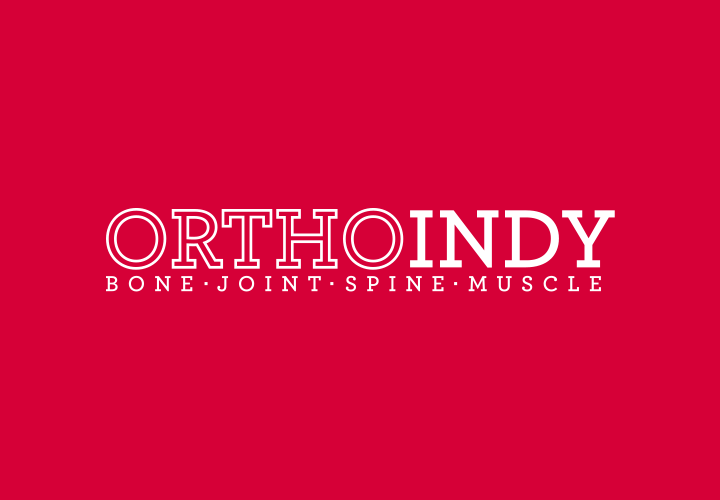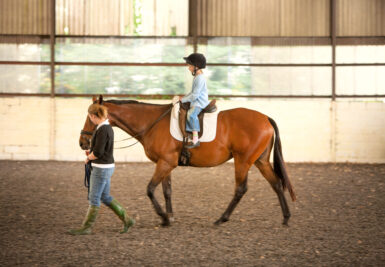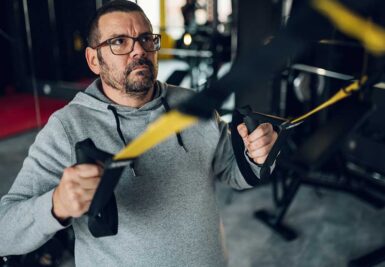THIS IS PART OF THE ULTIMATE GUIDE TO SCOLIOSIS
Scoliosis affects between six to nine million people (2-3% of the population) in the United States. It can develop in infancy or early childhood.
This blog covers the causes, symptoms, and different types of scoliosis. Plus, we’ll answer the big question: what is scoliosis?
Spine anatomy and scoliosis
The spine is made up of 24 bones, called vertebrae, which are stacked on top of one another. These bones connect to protect the spinal cord and form the natural curves of your back. The seven small vertebrae that begin at the base of the skull and form the neck comprise the cervical spine.
Your spinal cord and nerves travel through the spinal canal carrying messages between your brain and muscles. The intervertebral discs between your vertebrae are flexible, flat and round discs that are about a half-inch thick. They act as shock absorbers when you walk or run and allow motion between the vertebrae.
The natural curvature of the spine helps us stand up straight and stay balanced. The c-shaped curves of the neck (cervical spine) and lower back (lumbar spine) are called lordosis.
In between these curves is the reverse c-shaped curve of the chest (thoracic spine) called kyphosis. If any of the curves becomes too large or small or develops sideways, your posture will appear abnormal.
Severe curvature of the spine can become disabling, reducing the amount of space within the chest and making it difficult for the lungs to function properly.
Different types of scoliosis
So, what is scoliosis? It’s a sideways curvature of the spine. Most cases are mild. However, as some children develop or adults age, a spinal deformity can become more severe.
Idiopathic scoliosis
The most common type usually becomes noticeable during adolescence. It tends to run in families, but other than that, it has no known cause. Idiopathic is categorized by the age it develops.
Infantile idiopathic scoliosis
This type of scoliosis affects children from birth to three years old.
Juvenile idiopathic scoliosis
This type of scoliosis affects children from four to nine years old.
Adolescent idiopathic scoliosis
This type of scoliosis affects children from 10 to 18 years old. It is the most common idiopathic form of scoliosis because it is when rapid growth typically occurs.
Make an appointment with a spine specialist
What does scoliosis look like?
A curve usually looks like a backward “C” when the spine bends sideways to the right, called dextroscoliosis. A sideways spinal curve on the left side of the back is more like a regular “C” shape, called levoscoliosis.
Types of abnormal curvature of the spine include:
- Right thoracic curve: A curve that bends to the right side of the upper back
- Right thoracolumbar curve: A curve that bends to the right side, starting in the upper back and ending in the lower back
- Right lumbar curve: A curve that bends to the right side, starting and ending in the lower back
- Double major curve: A curve that typically involves the right thoracic curve on top and a left lumbar curve on the bottom
Scoliosis causes
Scoliosis most often occurs right before puberty during the growth spurt and can be caused by cerebral palsy and muscular dystrophy. The most common cause is unknown. However, it has been connected to hereditary factors.
Additionally, some types can be caused by congenital disabilities, injuries, or infections of the spine.
Learn more about OrthoIndy spine treatments
How to tell if you have scoliosis
Any sideways or lateral curvature of the spine that measures at least 10 degrees on an X-ray is considered scoliosis. However, someone with a curve that small doesn’t usually feel any symptoms.
As the curve grows to 20 degrees or beyond, someone with scoliosis may have more pronounced symptoms of the condition. Some common signs of scoliosis include:
- Uneven shoulders
- Uneven waist
- Ribs that stick out farther on one side of the body
- A rotating spine
- Back pain
- Problems breathing
What is scoliosis screening?
A curve in the spine is often noticed during screening at school. This initial diagnosis is what usually causes a parent to make an appointment with a spine specialist.
To determine whether your child has a curve in the spine, your scoliosis doctor will ask you for a complete medical history, have your child describe their signs and symptoms and conduct a physical examination.
The physical examination will include having the child bend forward with both feet together, knees straight, and arms hanging free. An X-ray or MRI is usually necessary to confirm the diagnosis.

Get the Ultimate Guide to Scoliosis Treatment
Whether you’re just beginning to research scoliosis or have already made the decision to have scoliosis back surgery, our comprehensive guide gives you answers to common questions about scoliosis and examples of real patient success stories.





